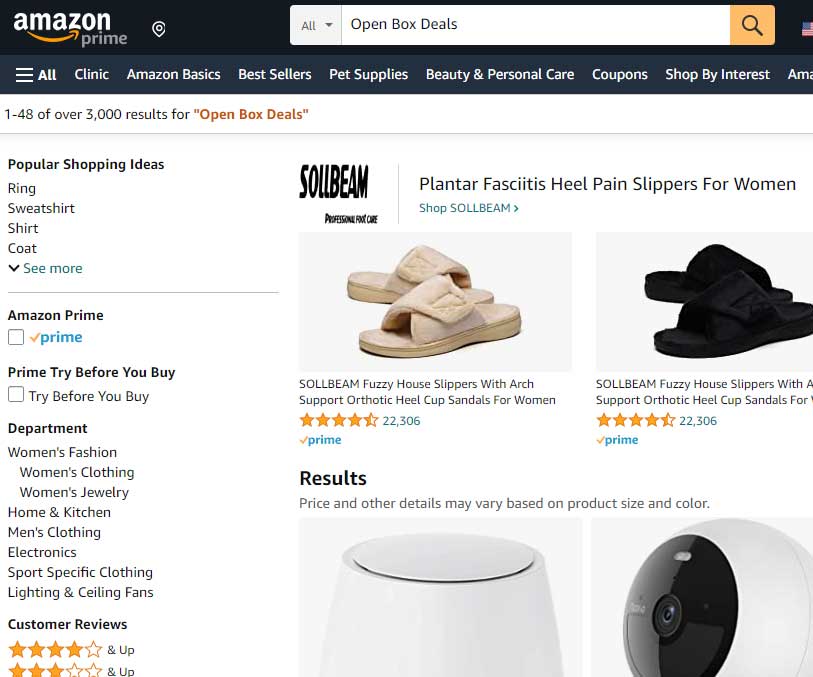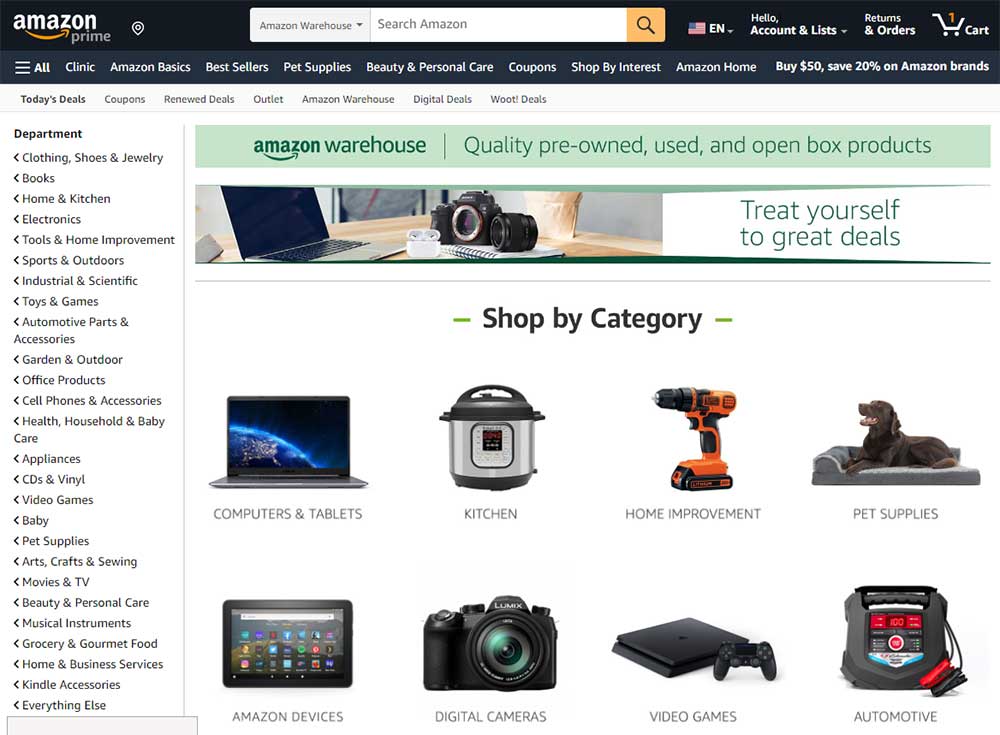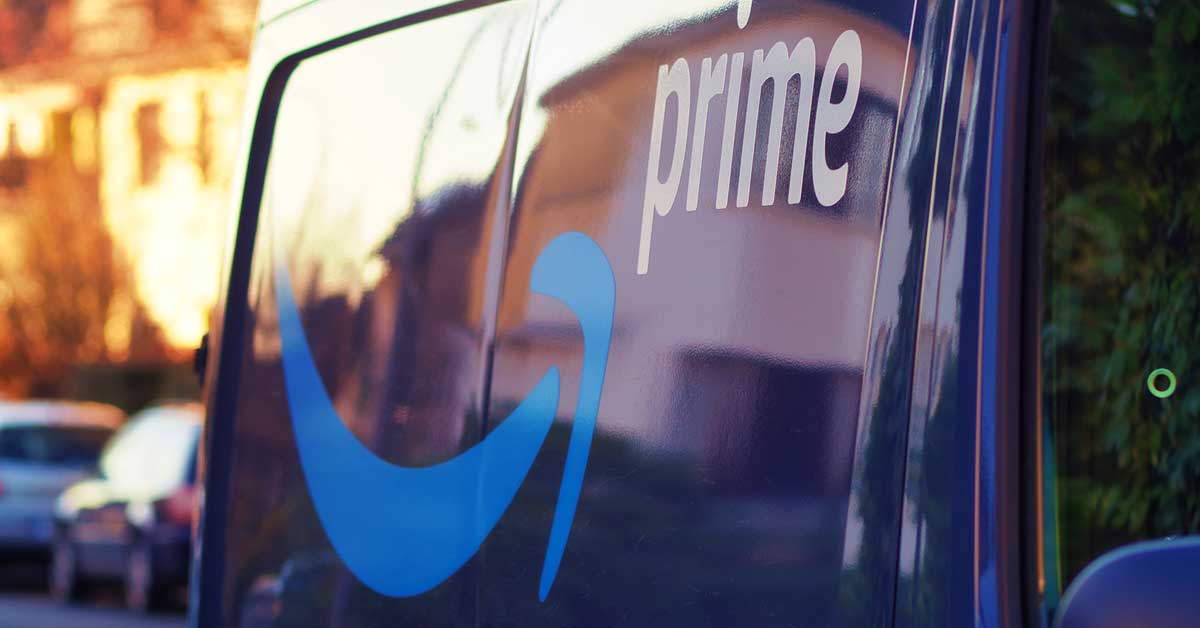With its vast inventory, Amazon often feels like the ultimate treasure trove for deal hunters. Amid the plethora of new items, there’s a category that often triggers curiosity – items marked as “open box.”
But what does this term mean on Amazon, and what does it imply for your purchase? This guide will provide a thorough, unbiased exploration of the term, what to anticipate when buying such an item, and the necessary precautions to take.
Defining the “Open Box” Concept on Amazon
The term “open box” may initially appear perplexing, especially if you’re new to online shopping or Amazon. This phrase is particular to the retail world and carries a specific connotation within Amazon’s marketplace.
On Amazon, “open box” serves as a unique product condition category, occupying a position that bridges the gap between brand-new and used items. These items aren’t your typical pre-owned goods, as they are often products that were returned without being used or ones with packaging that was opened, but the item itself remains unused. They might have been demo units or items whose packages were damaged during shipping or handling.

However, the precise interpretation of “open box” isn’t set in stone and varies depending on whether the item is directly sold by Amazon or a third-party seller. It’s this variation in definition that can sometimes create confusion for shoppers.
In the following sections, we’ll delve into these differences and clarify what “open box” implies in both contexts, aiming to shed light on this intriguing category and assist you in making informed shopping decisions on Amazon.
Amazon Warehouse Deals and “Open Box”
Amazon Warehouse Deals is a dedicated division within Amazon that offers items at discounted rates. These might be classified as like-new, used, or even refurbished. Many of these products are tagged as “open box,” indicating that they may have been returned by customers or have suffered packaging damage in the warehouse.
Despite not being brand new, rest assured these items have been verified to be functional. What’s more, they meet Amazon’s stringent quality standards. Amazon pledges not to sell any product that doesn’t work, regardless of its external appearance.

Understanding the Condition of “Open Box” Items
“Open box” items from Amazon Warehouse Deals are typically products that had been shipped out to a customer but were returned as undeliverable. Amazon’s team might have opened the packaging to ascertain the product’s working condition.
In cases where the original packaging was compromised, Amazon takes the initiative to repackage the item. Still, it’s important to note that these items should not have been used by the customer.
“Open Box” Through the Lens of Third-Party Sellers
Things get a tad more complex when we delve into the world of third-party sellers on Amazon. While Amazon imposes guidelines for labeling product conditions, the term “open box” officially applies only to computer games and software when it comes to these sellers. For these categories, the product might be out of its original wrapping and could lack its original case and UPC symbol.
However, the software must still function perfectly. For products beyond the realm of software and games, the term “open box” is defined at the seller’s discretion, which could diverge from Amazon Warehouse Deals’ interpretation.
Navigating “Open Box” Items: The Importance of Communication
Ensuring that an “open box” item aligns with your expectations requires proactivity. It’s crucial to communicate with the seller, particularly if they’re a third party, to understand the product’s condition.
This can be achieved by clicking on the seller’s name on the item listing page, then hitting the “detailed seller information” link. From there, you should find a link to contact the seller’s customer service. If the seller’s responses fail to provide sufficient clarity, it might be best to explore other options.
Remember, even “open box” items bought from third-party sellers via Amazon.com fall under the umbrella of Amazon’s A-to-Z Guarantee, which covers the condition of the item and its timely delivery. Nevertheless, confirming an item’s condition before buying can help circumvent potential returns.

The Potential Advantages of “Open Box” Purchases
“Open box” items can offer significant advantages for discerning shoppers. They provide an opportunity to acquire items in good working condition, often at a lower cost than their brand-new counterparts. This could include electronics, kitchen appliances, or even furniture that have been returned due to undeliverable addresses or packaging damage.
Moreover, Amazon’s commitment to customer satisfaction ensures that these items are thoroughly checked for functionality before being listed as “open box.” So if you’re working on a tight budget or simply love finding a good deal, “open box” items might be an excellent option for you.
The Potential Downsides of “Open Box” Purchases
While “open box” items can be a great find, they do come with their own set of challenges. For one, these products might not come in their original packaging or may be missing certain accessories. Also, because they may have been handled more than new products, there is a higher risk of minor cosmetic issues, such as scratches or dents.
In the case of third-party sellers, the lack of a universal definition for “open box” can lead to discrepancies in product conditions. This ambiguity underscores the need to communicate clearly with sellers before purchasing an “open box” item.
Amazon’s A-to-Z Guarantee: Your Safety Net
Amazon’s A-to-Z Guarantee serves as a safety net for buyers of “open box” items. This guarantee ensures that the item you receive is in the condition described by the seller and arrives within the estimated delivery time. If the item fails to meet these criteria, you can report the issue to Amazon and possibly get a refund.
However, keep in mind that the A-to-Z Guarantee doesn’t cover all issues. For instance, it doesn’t protect against normal wear and tear or damage caused by improper use or accidents. Therefore, it’s essential to read and understand the terms of the guarantee before making a purchase.
Tips for Buying “Open Box” Items on Amazon
When venturing into the “open box” realm on Amazon, there are a few key strategies to keep in mind to ensure a smooth shopping experience. Let’s delve deeper into these tips to help you make informed decisions and secure the best deals.
Read the Product Description Thoroughly: Start by absorbing all the information in the product description. Amazon and third-party sellers provide a detailed outline of the item’s condition, including any potential flaws or missing components. This information is vital as it helps set your expectations right from the start. For example, an open box item may be in perfect working condition but might not include certain accessories. Knowing this beforehand helps you decide whether the deal is worth it or if you would need to spend extra to get the missing parts.

Check Seller Ratings and Reviews: When dealing with third-party sellers, their credibility plays a significant role in your buying decision. One way to assess this is through their ratings and reviews. Look for sellers with high ratings and positive feedback. Reading through the reviews can provide insights into the seller’s track record regarding product quality, customer service, and how accurately they describe their items. Be wary of sellers with consistently low ratings or numerous negative reviews, as this could indicate potential issues with their products or service.
Ask Questions: Never shy away from asking questions. If there’s any ambiguity about the item’s condition or the seller’s policies, reach out for clarification. Most sellers are more than willing to answer your queries because they understand that clear communication leads to satisfied customers and fewer returns. You can ask about the product’s history, why it’s classified as “open box,” or any specific concerns you might have. Remember, the more information you have, the better positioned you are to make a good purchase.
Understand the Return Policy: Familiarizing yourself with the return policy is crucial when buying “open box” items. Amazon has a general return policy, but third-party sellers may have their own. Ensure you understand both. Check the timeframe within which returns are accepted, the condition the item must be in for a return, which covers the return shipping costs, and the process for initiating a return. Having this information will prepare you for any eventuality if the item doesn’t meet your expectations.
Explore Warranty Options: Not all “open box” items will come with a manufacturer’s warranty. Some may include a limited warranty or none at all. Find out what warranty, if any, is included with your “open box” purchase. If the manufacturer’s warranty is not provided, consider if the cost savings from buying an “open box” item outweighs the potential risk of having no warranty.
By implementing these tips, you can navigate the “open box” market on Amazon confidently and effectively. The key is to gather as much information as possible before making a purchase to ensure that the product you receive aligns with your expectations.
Final Thoughts
While the term “open box” might seem ambiguous at first glance, it essentially signifies an opportunity to secure a good deal on like-new, used, or refurbished items.
As a savvy shopper, understanding what you’re buying and taking the time to communicate with the seller can ensure a satisfying purchase. With Amazon’s A-to-Z Guarantee as an extra layer of protection, you can shop with confidence, even when diving into the world of “open box” items.
Meet Ry, “TechGuru,” a 36-year-old technology enthusiast with a deep passion for tech innovations. With extensive experience, he specializes in gaming hardware and software, and has expertise in gadgets, custom PCs, and audio.
Besides writing about tech and reviewing new products, he enjoys traveling, hiking, and photography. Committed to keeping up with the latest industry trends, he aims to guide readers in making informed tech decisions.

